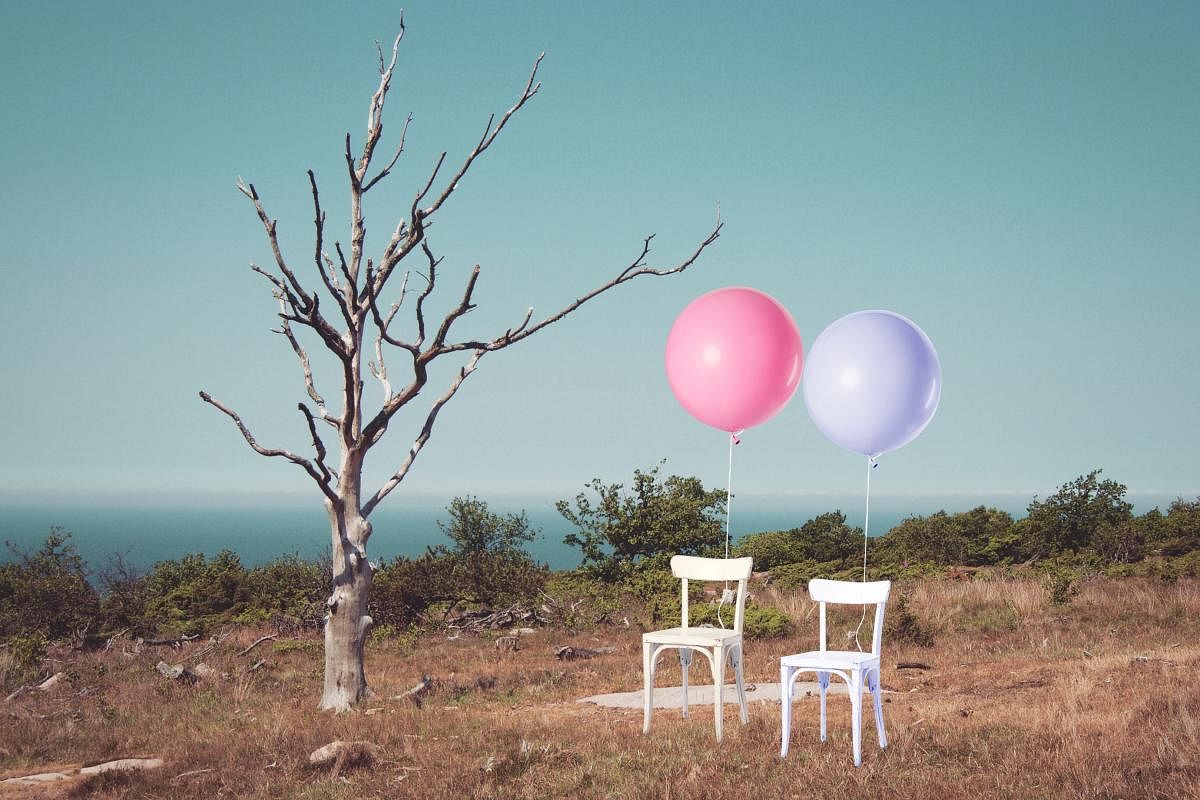
In a typical society, marriage is recognised as a social institution harbouring growth and security between two distinct individuals. However, for some people belonging to the queer community, marriage is rather a means of escape from the prying eyes of a conservative society they so desperately wish to break free from. In such societies where being queer is considered sinful, a ‘marriage of convenience,’ popularly known as lavender marriage becomes a queer individual’s last resort to freely live and love the person of their choice. The Bollywood movie Badhaai Do revolves around a similar concept.
The movie, which was trending on an OTT platform recently, throws light on the lives of two young queer souls entering a ‘marriage of convenience’ as a desperate means to escape from their conservative parents. This comedy-drama might be a work of fiction but the scenario portrayed in the movie is indeed a harsh reality in many parts of our country. “Lavender marriage for me is currently the only hope I have of having a ‘marriage’ where I can be happy while keeping my family and society happy,” says Aakash, a 25-year-old gay man of Indian origin who was born and raised in the US. “I believe that if the right partner is found and there is excellent compatibility, it can work out in the long term,” he adds.
However, instances like these might be rare since most lavender relationships are not known to end well. Although being part of a marriage may bring about some degree of satisfaction and acceptance among family members and society, differences in ambitions and most importantly a lack of love would act as a barrier, thus preventing most lavender marriages from being successful. Even if things seem to be going well for the time being, tensions may gradually arise with families eventually bringing up the topic of having children, given that lavender partners are not usually ready to have biological kids with one another. “Additionally, the spouse may not be cooperative with meeting the family’s expectations which adds to the tension,” mentions Aakash. Having to hide your gay partner from the world is also not easy. “It can affect me as I might just have a burnout from essentially living two lives — one as a husband in a family, two as a gay guy,” he adds disappointingly.
Human rights advocate and gay rights activist Ankit Bhuptani suggests that ‘coming out’ as gay would be far better than agreeing to get into a marriage. “The amount of hardship and challenges you may think you will face while coming out right now by avoiding marriage would be much lesser if you compare it to the lifelong chain of trauma and turbulence in your life, in your family’s life and in your partner’s life,” says Ankit. However, ‘coming out’ may still not make much of a difference if families lack a basic understanding of what being gay actually means. In such cases, families might continue treating gay individuals as outcasts despite them coming out truthfully.
For instance, Aakash points out several unfruitful attempts to open up to his family regarding his homosexuality. “Over the years, I’ve tried multiple times to have such a conversation and it has never worked out,” he says. “Once my company had given out Pride shirts to all the employees so I brought it back home and my parents had an extreme episode of having something that represents ‘gay’ in the house and sent the shirt out to be donated promptly. Hence, I do not see much hope in coming out,” he adds. This is why educating the public regarding homosexuality becomes so essential in bringing about social change. “In my understanding, the homophobia of India is not a homophobia of age but is a homophobia of ignorance,” says Ankit. On the positive side, laws in India seem to be gradually changing. The historic decriminalising of Section 377 of the IPC has undoubtedly helped queer communities in multi-fold ways. However, we still have a long way to go.
“The journey has only begun for the LGBTQ+ community in India,” says lawyer and LGBTQ+ activist Milu Sini Lal. “The overturning of the law has no effect on the Indian people’s mentality or attitude. It takes stages such as education, awareness, and sensitising to change the attitude of people.” Milu believes that movies like Badhaai Do only merely cover the educational aspect of the community. “Promoting lavender marriage especially when the LGBTQ+ community in India is striving for their equal rights would only jeopardise the legality of same-sex unions,” says Milu.
“The path is not easy, but by consistently expressing concerns and increasing awareness and inclusion, we can help create a safer and more inclusive society for future generations,” she adds.